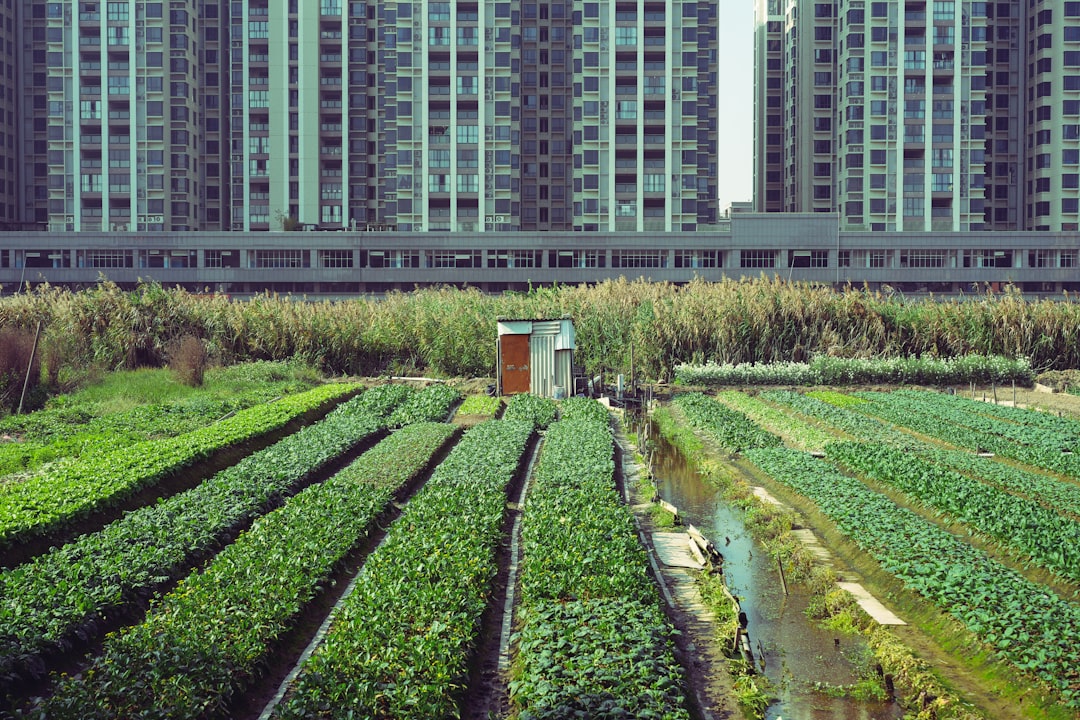In recent years, as climate change and environmental degradation have become major global concerns, green technology has emerged as a beacon of hope. Around the world, innovative minds are developing solutions to reduce humanity’s footprint on the planet. From renewable energy to waste management breakthroughs, green tech is revolutionizing the way we live, work, and interact with nature.
Here are 10 groundbreaking green technology innovations that are making a real difference for the future of our planet:
-
Solar Paints
Imagine being able to turn your house into a solar panel simply by painting it. That’s the promise of solar paint – a photovoltaic layer that can generate electricity when exposed to sunlight. Unlike traditional solar panels, solar paint is cheaper and easier to apply, making renewable energy more accessible for everyone. -
Vertical Farming
In cities where space is limited, vertical farming provides a sustainable way to grow crops using stacked layers in controlled environments. These farms use significantly less water and eliminate the need for pesticides or long-distance transportation, leading to fresher, healthier food with a smaller carbon footprint.
-
Electric Aviation
The aviation industry contributes significantly to global carbon emissions. Now, companies are investing in electric airplanes to reduce this footprint. These aircraft use battery-powered engines that produce zero emissions, potentially changing the future of travel. -
Plastic-Eating Enzymes
Scientists have engineered enzymes that can digest plastic quickly, offering hope in the fight against plastic pollution. Unlike traditional recycling, this method breaks plastic down into its base components, allowing it to be reused indefinitely in a closed-loop system. -
Green Hydrogen
Hydrogen is a clean fuel, but producing it often requires fossil fuels. Green hydrogen, however, is generated using renewable energy sources like wind or solar to split water into hydrogen and oxygen. This clean alternative could power industries and vehicles without emitting carbon.
-
Smart Grids
Smart grids use advanced software and sensors to optimize energy distribution. They help balance supply and demand in real-time, reduce blackouts, and integrate renewable energy sources more efficiently into power systems. -
Biodegradable Packaging
One of the major culprits of environmental pollution is plastic packaging. New materials, such as mushroom-based packaging and seaweed wrappers, offer sustainable alternatives that naturally break down in the environment and reduce landfill waste. -
Carbon Capture Technologies
As we work toward reducing emissions, removing existing carbon from the atmosphere is also critical. Carbon capture devices extract CO2 from industrial emissions or directly from air and store it underground or convert it into usable materials like concrete or fuel. -
Ocean Cleanup Systems
Innovative cleanup systems are tackling the problem of plastic in our oceans. These large-scale devices float along ocean currents, capturing floating debris without harming marine life. The recovered plastic can then be responsibly recycled. -
Energy-Generating Roads
Roads embedded with piezoelectric technology or solar panels can now produce electricity as vehicles move across them or from sunlight. This technology could transform everyday infrastructure into renewable energy sources.
These innovations not only represent scientific achievement but also a collective effort toward a greener, more sustainable planet. From everyday products to massive industrial shifts, the integration of green tech continues to expand, offering practical solutions for today and promising a cleaner tomorrow.
As consumers, businesses, and governments become more environmentally conscious, the demand for these technologies is expected to rise further. The transition to sustainability is no longer just a dream but a series of actions powered by cutting-edge green innovations.



